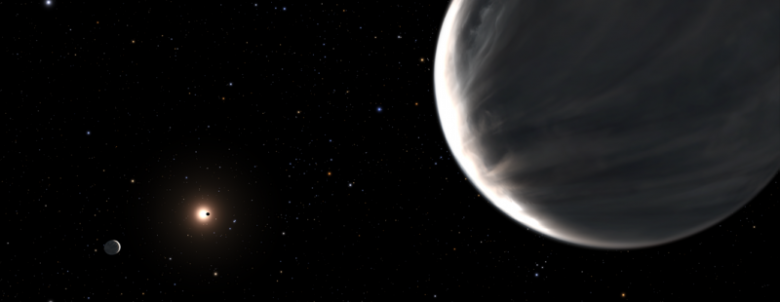Scientists may have found the first water worlds

Two planets that were originally discovered by the Kepler mission may not be what we thought they were. Based on an initial characterization, it was thought these planets were rocky bodies a bit larger than Earth. But continued observation has produced data that indicates the planets are much less dense than we originally thought. And the only realistic way to get the sort of densities they now seem to have is for a substantial amount of their volume to be occupied by water or a similar fluid.
We do have bodies like this in our Solar System—most notably the moon Europa, which has a rocky core surrounded by a watery shell capped by ice. But these new planets are much closer to their host star, which means their surfaces are probably a blurry boundary between a vast ocean and a steam-filled atmosphere.
There are two main methods for finding an exoplanet. One is to watch for dips in the light from their star, caused by planets with an orbit that takes them between the star and Earth. The second is to track whether the star's light periodically shifts to redder or bluer wavelengths, caused by the star moving due to the gravitational pull of orbiting planets.









































































